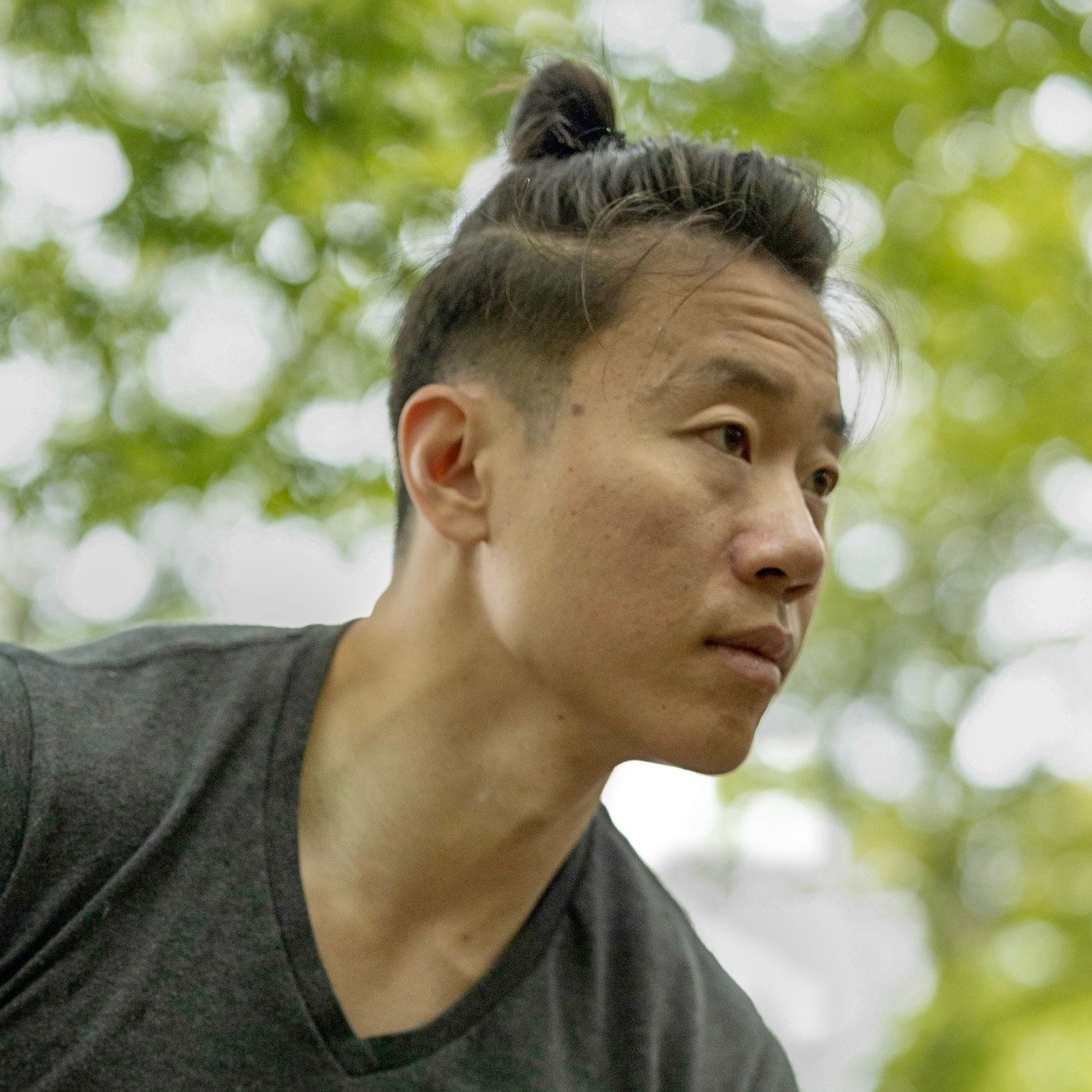On an unseasonably hot day in the Bay Area, I attended a contemporary art exhibit reception with my wife Amanda.
The reception was held at the private backyard of a cozy wine house in the Bay Area—think charcuterie boards and self-serve appetizers. During the event, Amanda struck up conversation with another artist who was exhibiting at the show and the two connected over their creative process.
Despite coming from different mediums (sculptural installation and painting) both artists had a very intuitive and inspired approach to their work. A vision would come to them and they could see it fully in their minds eye. They could immediately move to production if they had the necessary materials and time.
This goes against the premise you learn in art school that artists should sketch out their concepts in advance to get a sense of what they're doing before moving to production.
"It's so funny because I make my MFA students make sketches for my classes but I never do them myself," the painter said. Amanda agreed—admitting she rarely made sketches unless she needed to explicitly communicate her vision to someone else.
Sketching was an industry best practice, but for them, it was more of a hindrance than help. Their personal best practice was just going for it.
Before there was Noah Lyles or Usain Bolt, there was Michael Johnson, a flashy sprinter with a big mouth, gold Nikes, and an upright, almost leaning back posture with choppy duck-like steps.
According to legendary runner Carl Lewis, there is in fact a perfect way to run—as relaxed as possible, with a forward lean and a good stride length. But that was not the way Michael Johnson ran.
Luckily he had a coach who saw greatness even in a funny stride.
“Coach Hart took the approach that you don't change an athlete's style unless there's something that they're doing that is limiting them or something that is counterproductive. And he didn't see anything like that.” — Johnson on his college track coach Clyde Hart at Baylor.
During his career, commentators would speculate about how much faster Johnson might be if he only ran with the "correct" form. But Johnson's unconventional stride enabled him to generate more force into the ground and carried him to four gold medals, including both the 200m and 400m in Atlanta 1996.
Johnson ran his way. And so can you.
* * *
There are many, many ways to create value and achieve positive outcomes. Most professionals are taught to do things according to industry best practices:
- The best practice for curing fevers was once blood letting.
- The best practice for building software was once waterfall development.
- The best practice for raising a child was once physical punishment.
In his essay Founder Mode (I'll have more to share on that in a future newsletter), Paul Graham talks about how many founders, most famously Brian Chesky, have discovered that simply hiring professionals managers and letting them run your company doesn't always work.
Focusing on the industry or field best practice might be a good place to start, but it is not where you end. You have to figure out what works best for you.
You have to discover your personal best practice.
This is especially true if you're an outlier—an unconventional achiever with an atypical build or background. Morgan Housel writes about this in his recent essay Do It Your Way:
It’s so common to on one hand recognize how much variety there is among people – different personalities, backgrounds, goals, skills – but on the other hand ask, “What’s the best way to do this thing?” as if there can be one universal answer for vastly different people.

As a coach, I am interested in what makes my clients tick and how they've succeeded in the past—because they often contain clues for how they can do even better in the future. That's what I do in my two hour (!!) vision mapping sessions.
To be clear, I make it my business to track what other founders and executives are doing—how they are raising money, leading teams, building products, and going to market. But I am never looking for a perfect blueprint—more like a menu of options to present my clients.
On a personal level, I've been advised to stick it out niche down, and become an expert in one thing for most of my adult life. And yet this "best practice" has never worked for me. It is not mine.
What success I've had in life is due to a lot of wandering, experimenting, and rule defying. That's how I discovered my personal collection of productivity hacks to work with my brain, rather than against it.
But in the end, finding my personal best practices is the only way I can generate my personal best performance.
That's one of the lessons from my book Weirdly Brilliant that I find myself coming back to again and again. And that's why I'm hosting a series of salons over the next few months about how to succeed as an outlier on Interintellect.




